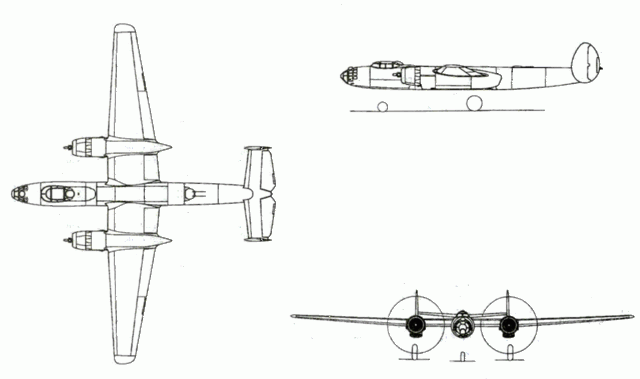You are not logged in.
Dear visitor, welcome to WesWorld. If this is your first visit here, please read the Help. It explains in detail how this page works. To use all features of this page, you should consider registering. Please use the registration form, to register here or read more information about the registration process. If you are already registered, please login here.
This post has been edited 2 times, last edit by "Hrolf Hakonson" (Jun 29th 2009, 4:40pm)
This post has been edited 1 times, last edit by "Hrolf Hakonson" (Jun 29th 2009, 4:40pm)

Quoted
Originally posted by Red Admiral
After having a bit more of a look over this I'm really not convinced by the speed, the Jumo 211 and BMW 801 standard versions really shouldn't be that fast. I think there are a number of problems; firstly the fuselage diameter, 4ft really is much too small. I measured the historical Do-217 and it's 5x5.8ft for an average of about 5.5ft. Cleaness is also rather high at 85%. I'd understand that if there were no gun turrets, but they add a lot of drag to the aircraft (a Mosquito with a dorsal 4x7.7mm turret was -40mph). With the changes it'll be closer to historical lines. Still faster as the BMW801A engines magically produce a couple of hundred horsepower more than historically without cooling issues.
This post has been edited 1 times, last edit by "Hrolf Hakonson" (Jan 28th 2010, 8:24pm)
Forum Software: Burning Board® Lite 2.1.2 pl 1, developed by WoltLab® GmbH
